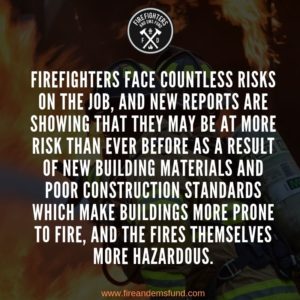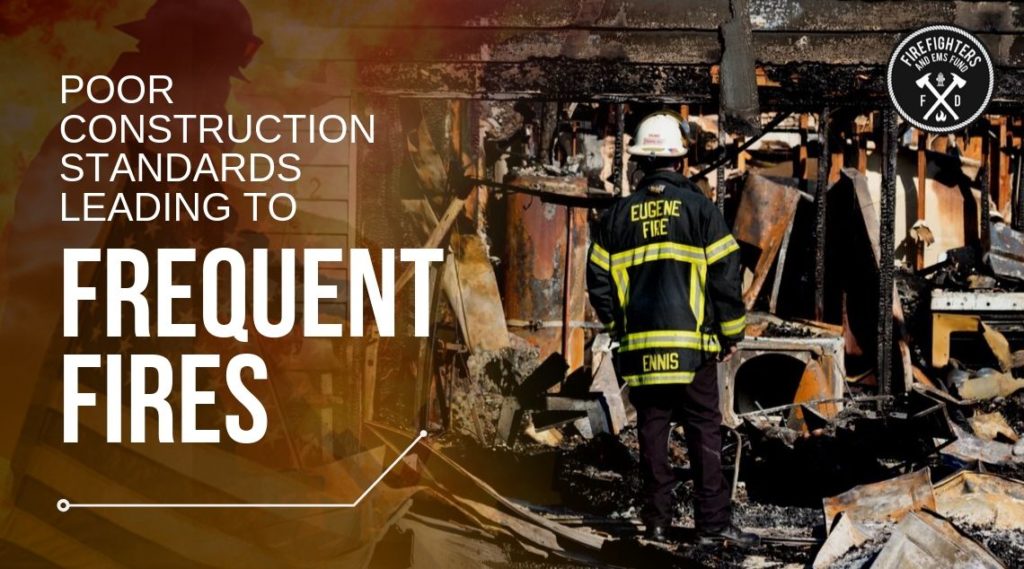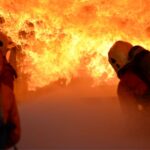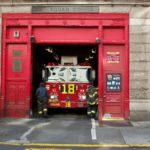Firefighters face countless risks on the job, and new reports are showing that they may be at more risk than ever before as a result of new building materials and poor construction standards which make buildings more prone to fire, and the fires themselves more hazardous. Even with more sophisticated sprinkler systems and smoke detectors in place, the materials used in new, poorly made buildings are putting firefighters at risk of not just fire, but hazardous fumes and chemicals. Here are just some of the facts about how poor construction standards lead to more dangerous fires.
Use of synthetic building materials

Decades ago, homes and other buildings were simply made stronger than they are today, and used more basic and organic materials. Today, buildings are being made on the cheap with new, synthetic building materials that make construction more efficient and cost-effective, but that could also lead to more dangerous fires. One of the most common synthetic building materials is oriented strand board (OSB), a lighter-weight material that is more cost-effective for developers. OSB tends to be thin, making it easily combustible. What makes OSB so dangerous, however, is its chemical makeup and the toxic smoke and fumes it emits when it catches fire. Eric Hurst, South Metro Denver Fire Rescue Public Information Officer, describes what happens when OSB catches fire and the danger it poses to firefighters.
“With the synthetics we are using, the smoke that comes off of that is this nasty black toxic smoke that gets super heated very easily. It can become disorienting because you can’t see, it will immediately bring people to their knees because it is so awful to breathe in.”
The toxic smoke is not only dangerous in the short-term for firefighters. The effects of breathing in such toxic gases are a major contributor to long-term health problems for firefighters, such as cancer and heart disease.
Modern furniture is also making fires more dangerous. The use of different forms of plastics in furniture have become commonplace, but if they catch fire, the effects are far more deadly. Plastics, as opposed to natural materials like wood, have higher heat release rates which make them more combustible and dangerous. And like synthetic building materials, the fumes released by burning plastics carry incredibly dangerous toxins.
These new threats are why we must concentrate more on the issues affecting firefighters in the United States. Lack of funding, especially when it comes to safety equipment, puts firefighters at heightened risk as they face new threats from fires fueled by synthetic building and furnishing materials. At the very least, firefighters deserve to be as protected as possible against these new dangers.
America’s firefighters are the first line of defense against natural disasters, terrorist attacks and of course, fire emergencies. Over the years, the fire service industry has changed dramatically as the rate of structural fires has decreased and new threats have arisen. Here are a few key facts about the fire service industry that you probably didn’t know.









